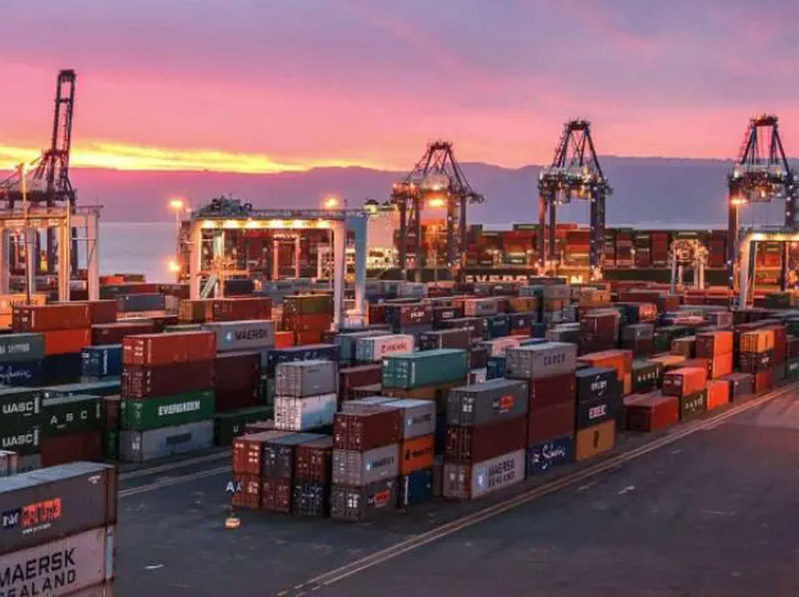INDUSTRY NEWS
Basic Knowledge of Maritime Transportation
 发布时间 : 2024-02-21
发布时间 : 2024-02-21  浏览次数 : 988
浏览次数 : 988 Loading Methods of Ocean Freight
Bulk Cargo: This is a non-mainstream mode of transportation, but it generates significant profits. It mainly involves low-value goods. Imported goods mainly include coal, ore sand, grains, fertilizers, feed, and barley. Exported goods include coke, bauxite, and other products. Bulk cargo ships are typically used for transportation.
Containerized Transportation: The emergence of containers is a milestone in the history of ocean freight development. It has changed the global trade landscape. The main specifications of containers include 20GP, 40GP, 40HC, as well as refrigerated, frame, open-top, and tank containers. A standard container is referred to as a TEU (Twenty-foot Equivalent Unit), and ports compete based on the number of TEUs they handle. Each container operated by a shipping company has a container number, consisting of the first four letters and the last seven Arabic numerals. Once a container is loaded, it is sealed with a lead seal provided by the shipping company, and each seal has a number. Once the seal is broken, it is easy to determine who is responsible for any loss of cargo. The shipping company's task is considered complete once the loaded container is delivered to the designated location with the lead seal intact.
Containerized cargo requires specialized container ships for transportation. The carrying capacity of mother ships is typically 2,000-6,000 TEUs, while that of barges is generally 200-400 TEUs. (Barges are also known as feeder ships or small ships, while mother ships are referred to as large ships or ocean-going ships.) Each ship has a specific ship name, as well as a voyage number. Unlike air freight flight numbers, ocean freight voyage numbers are unique and are represented by V.XXXE. The last letter "E" indicates an export voyage, while "W" indicates an import voyage.



 0535-6665701 6665702 6665703
0535-6665701 6665702 6665703